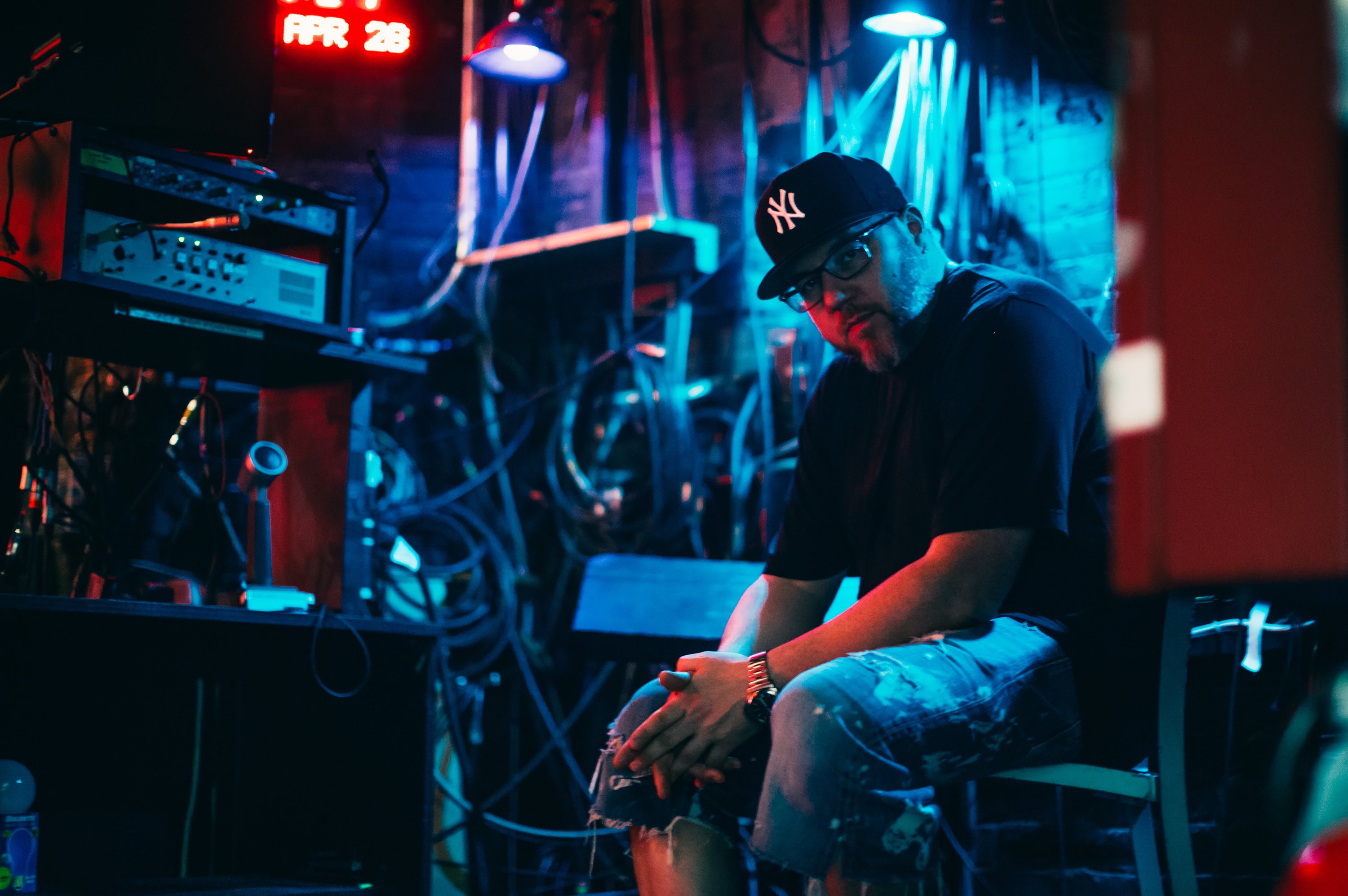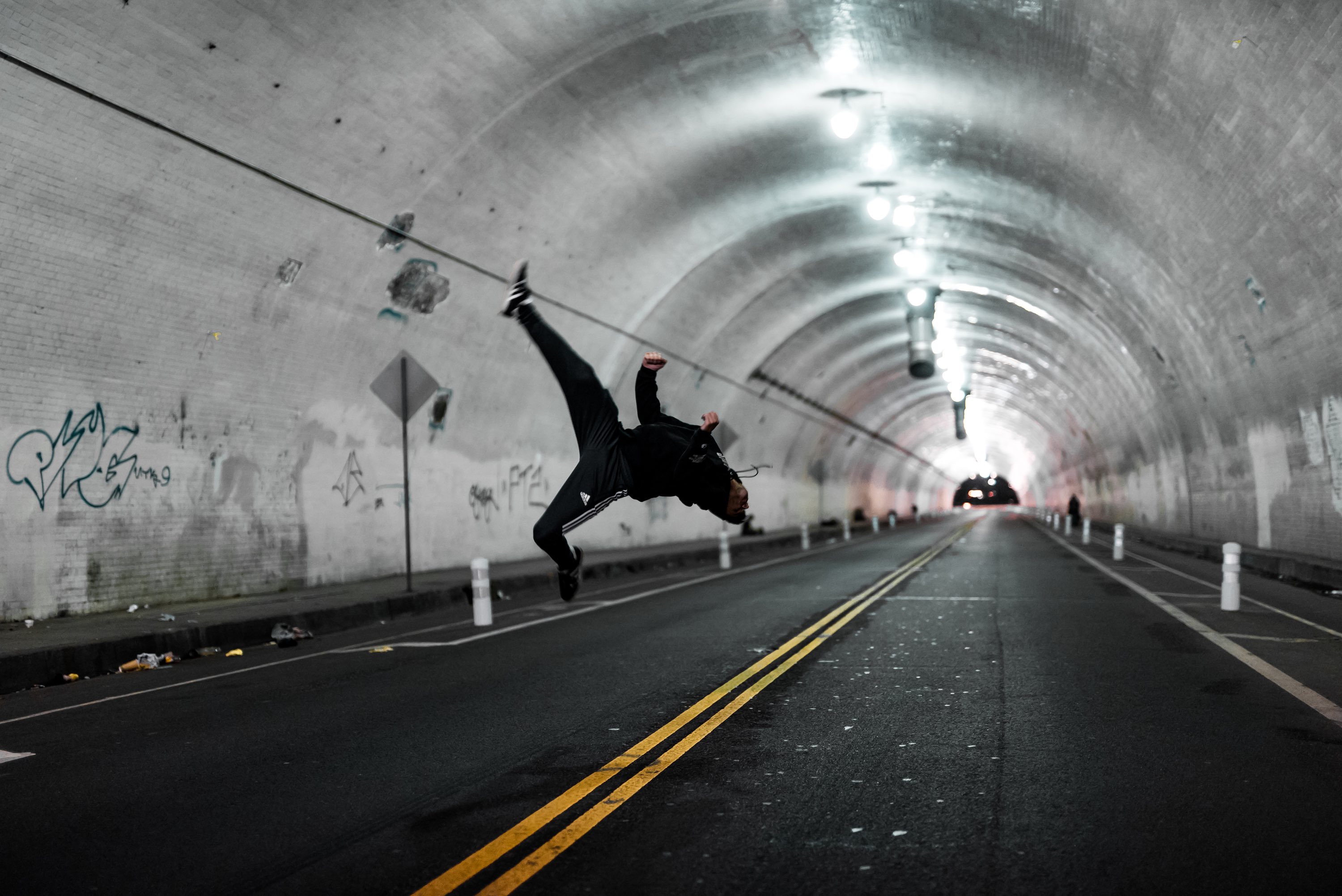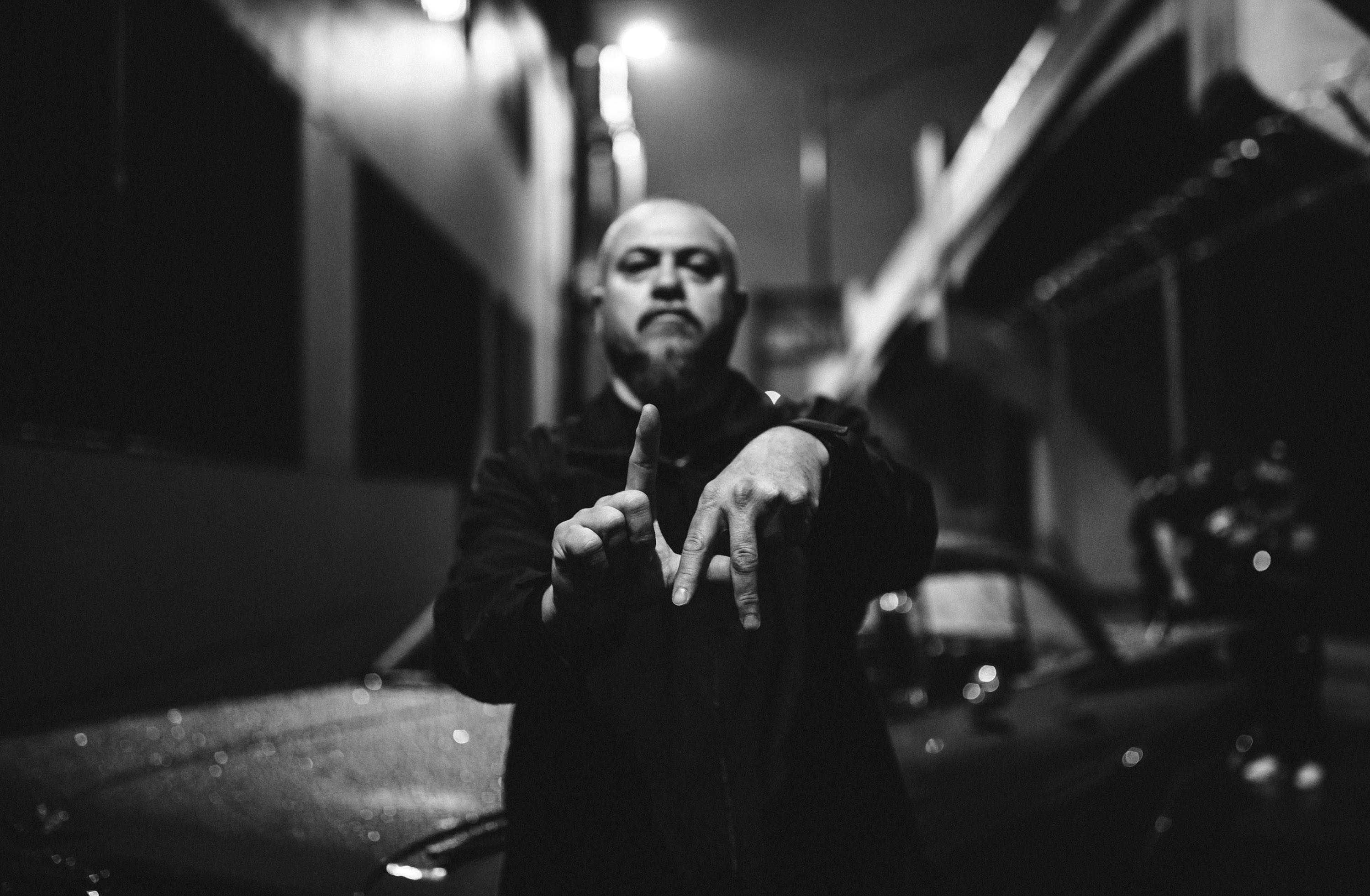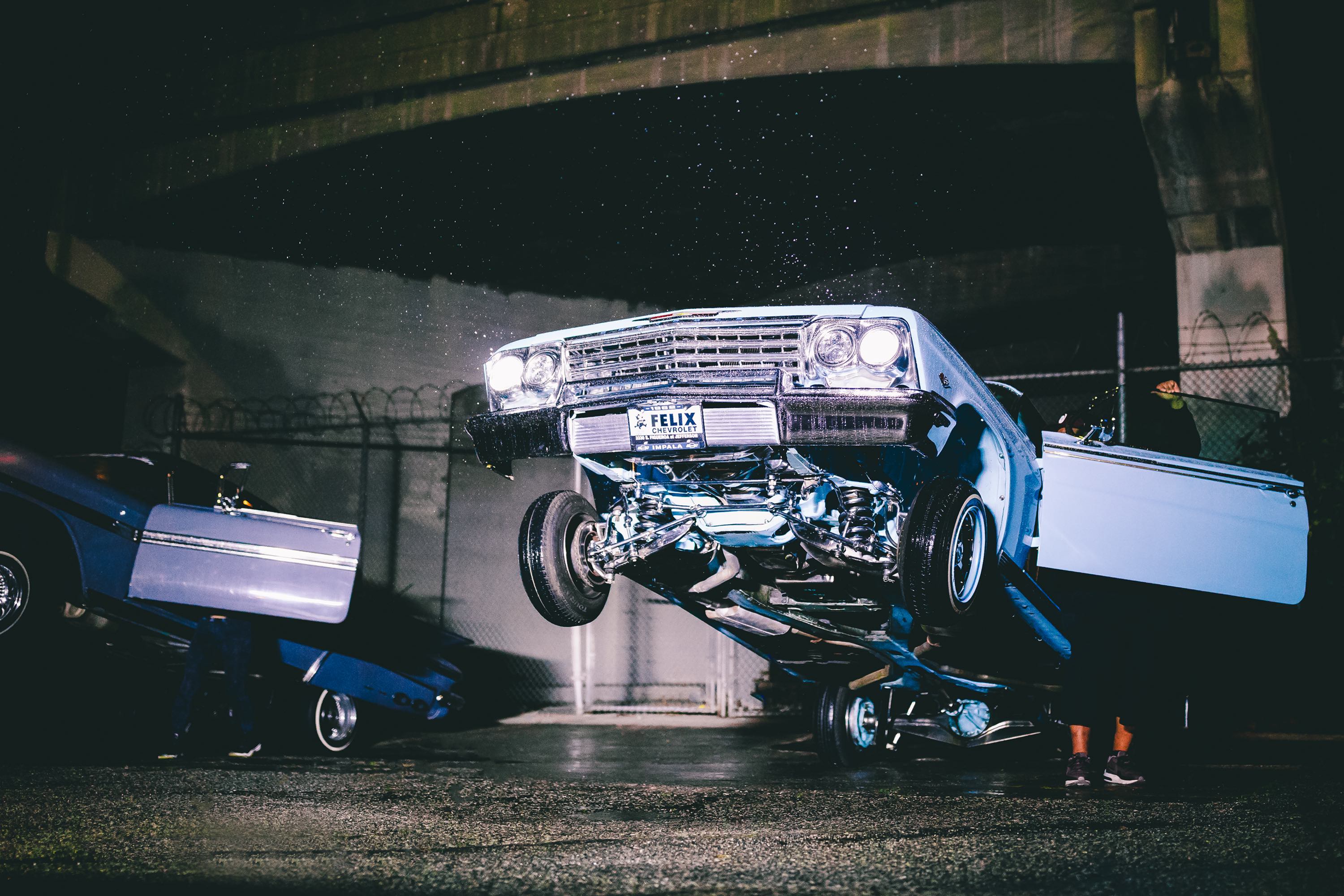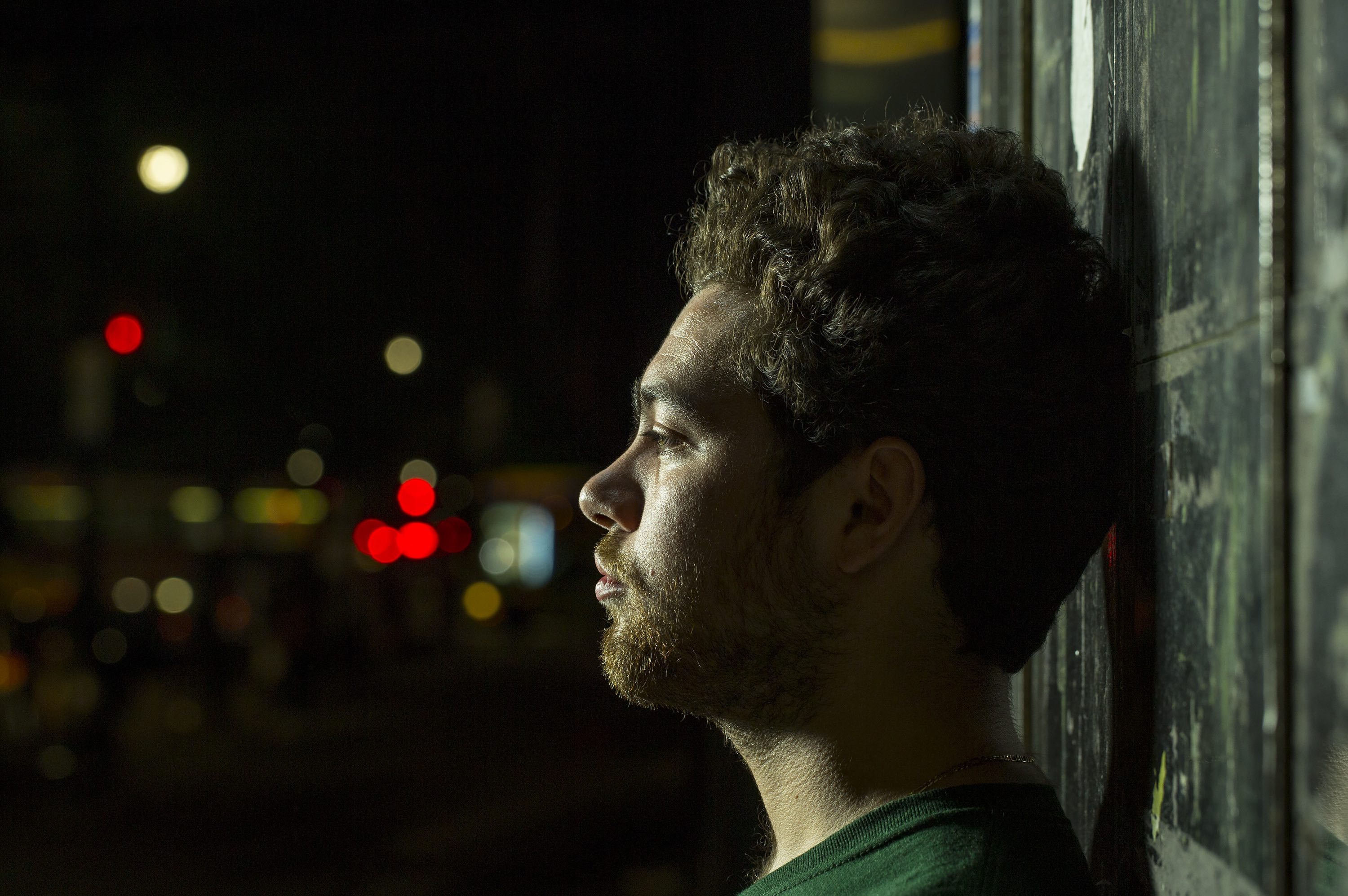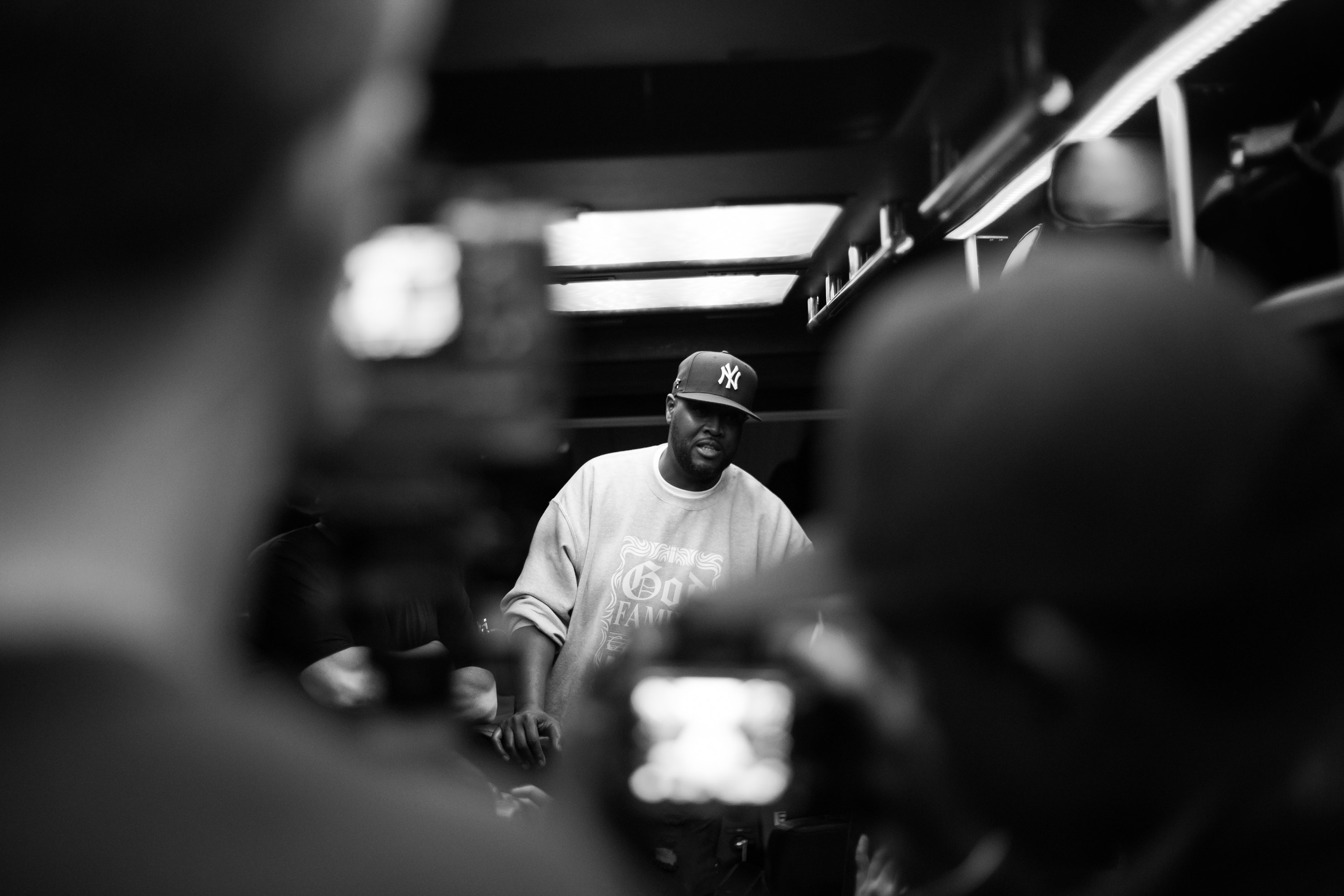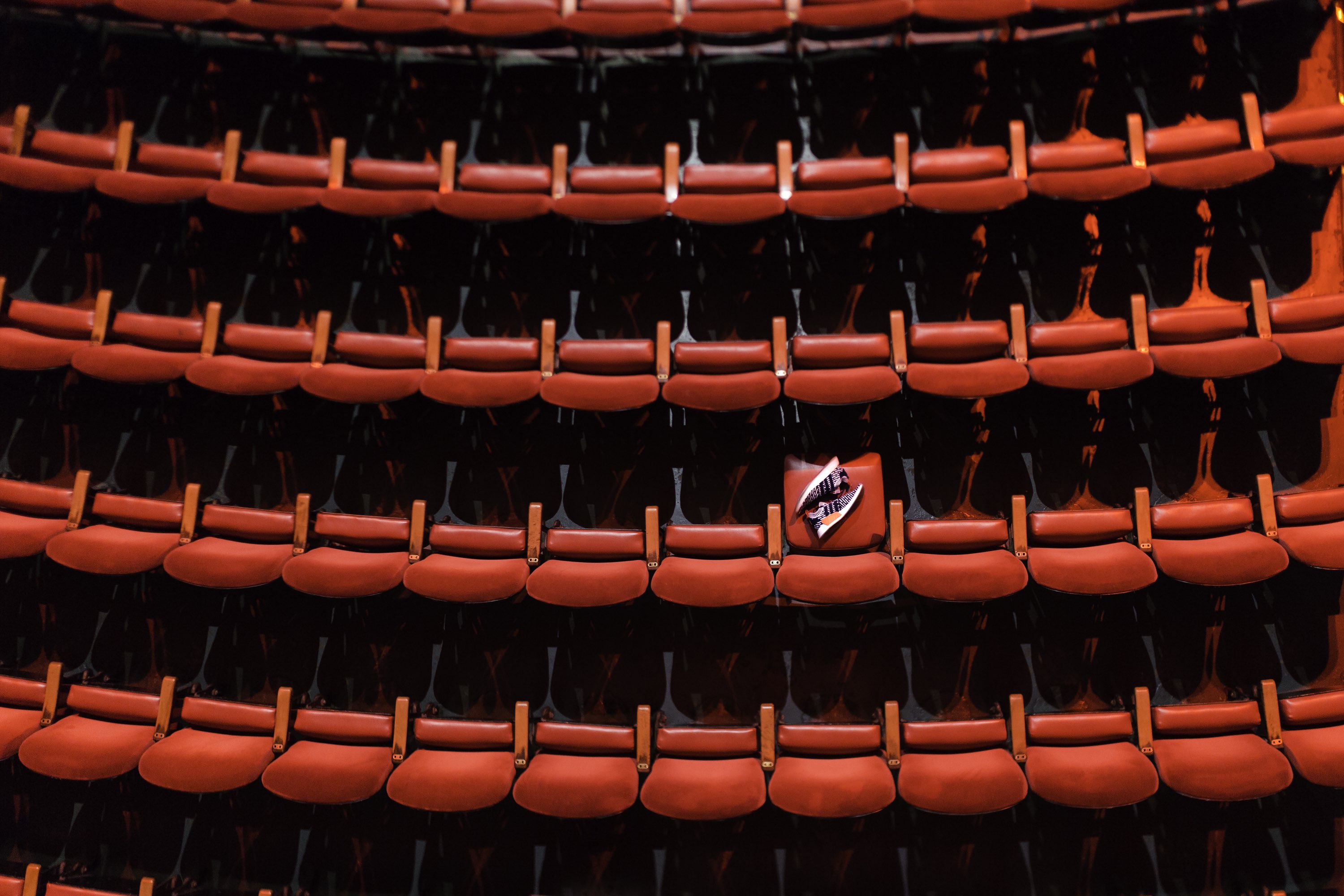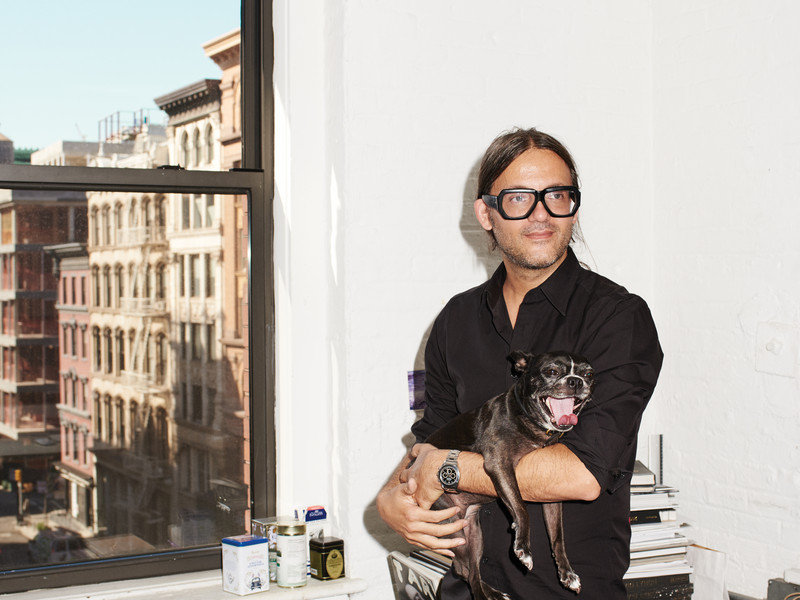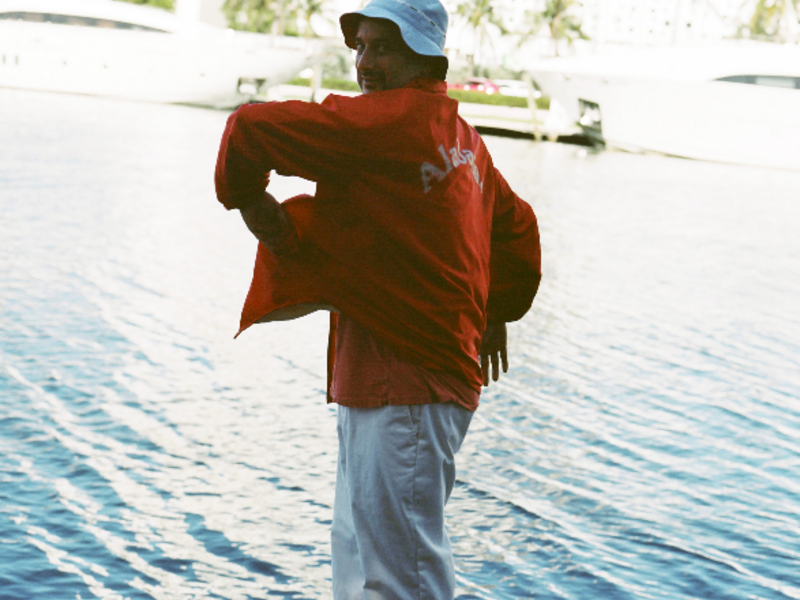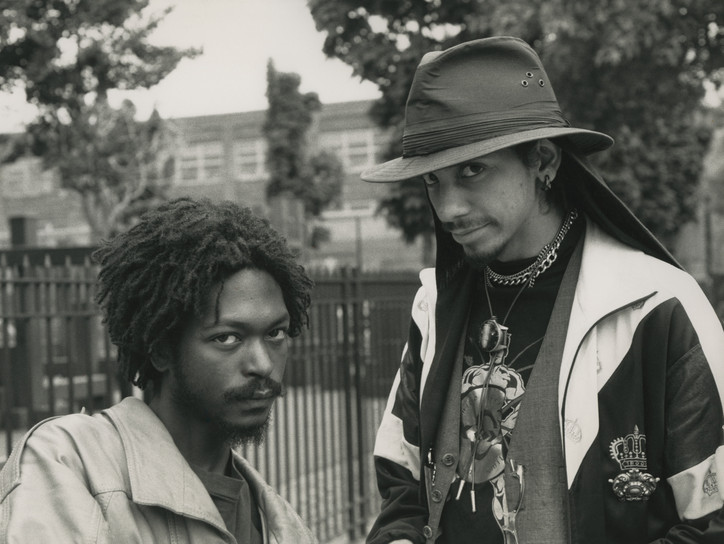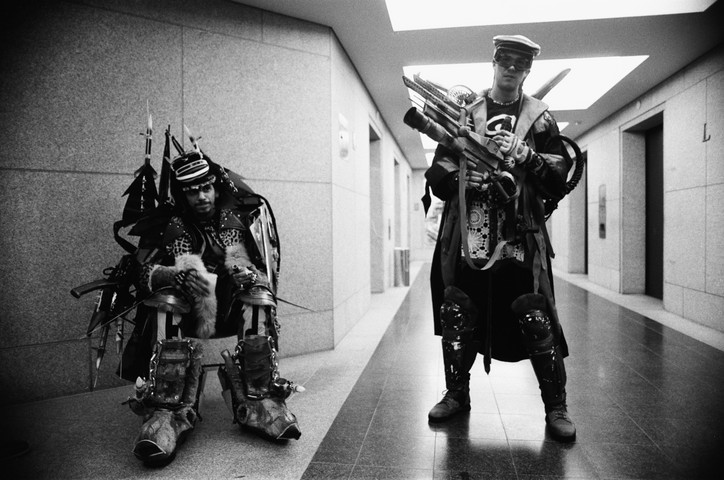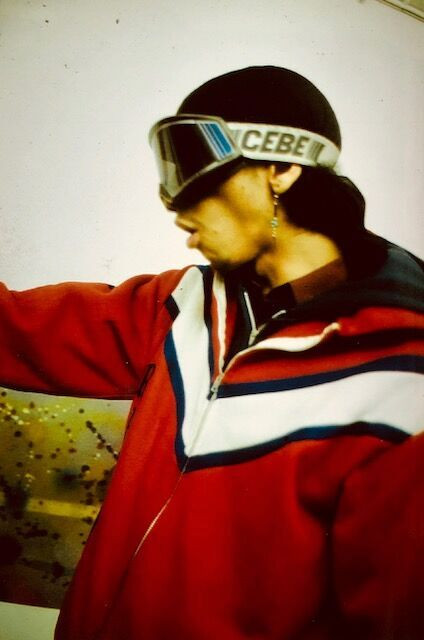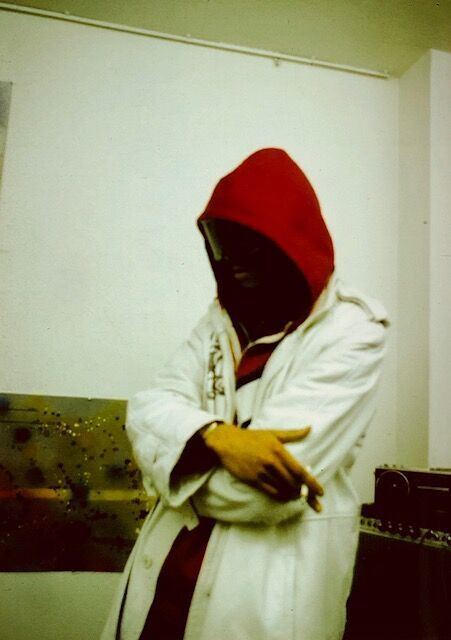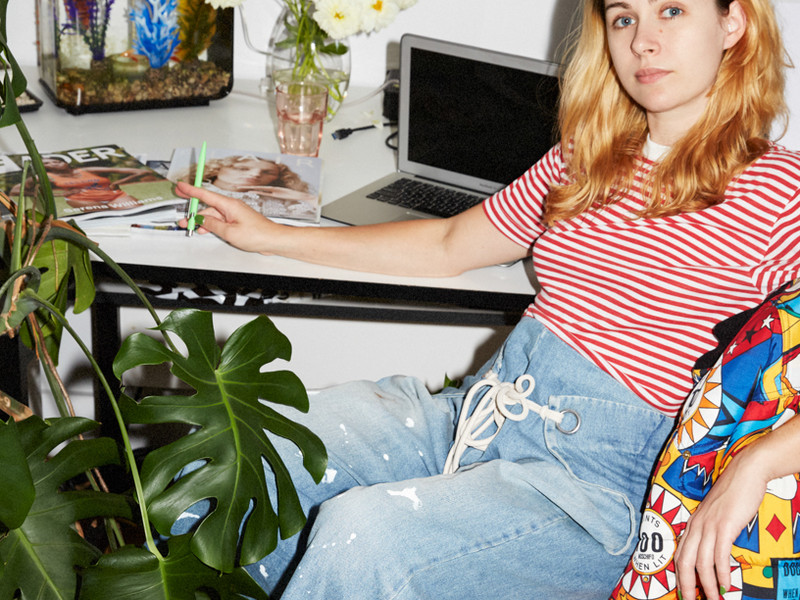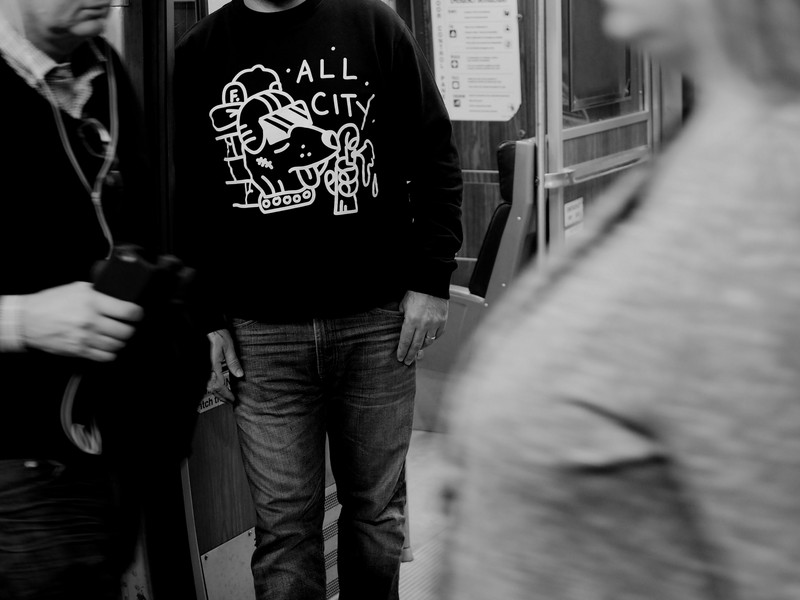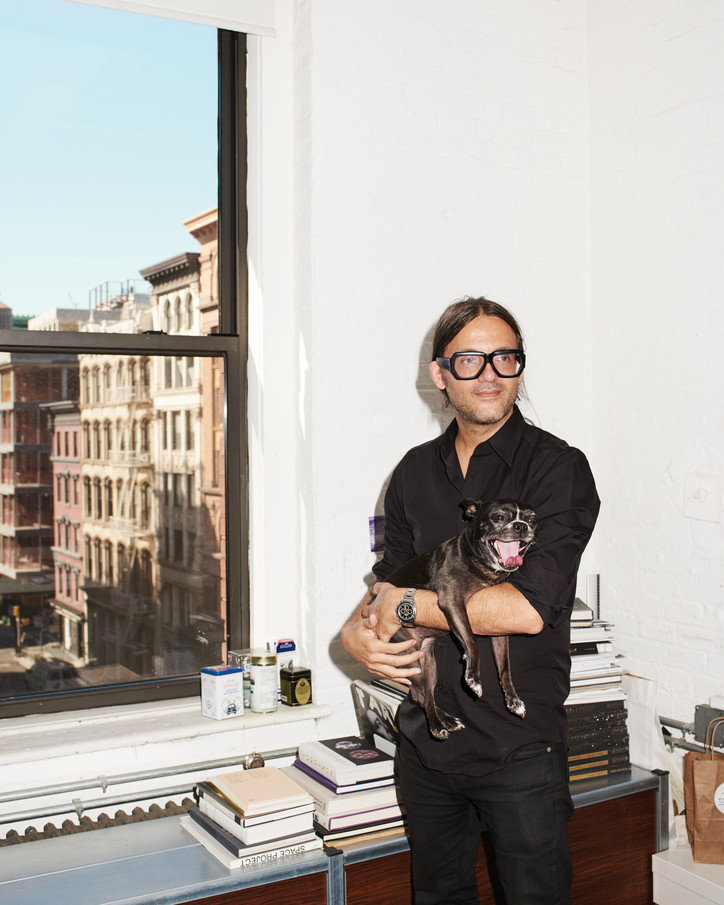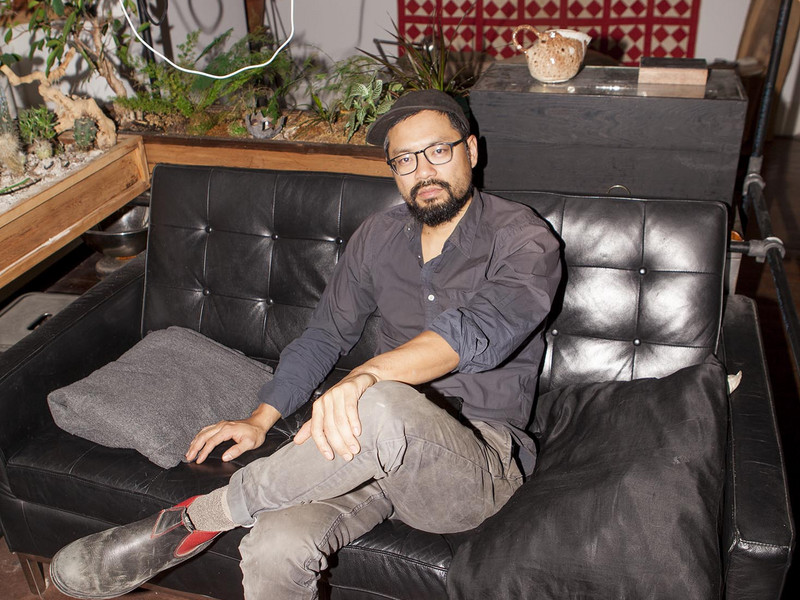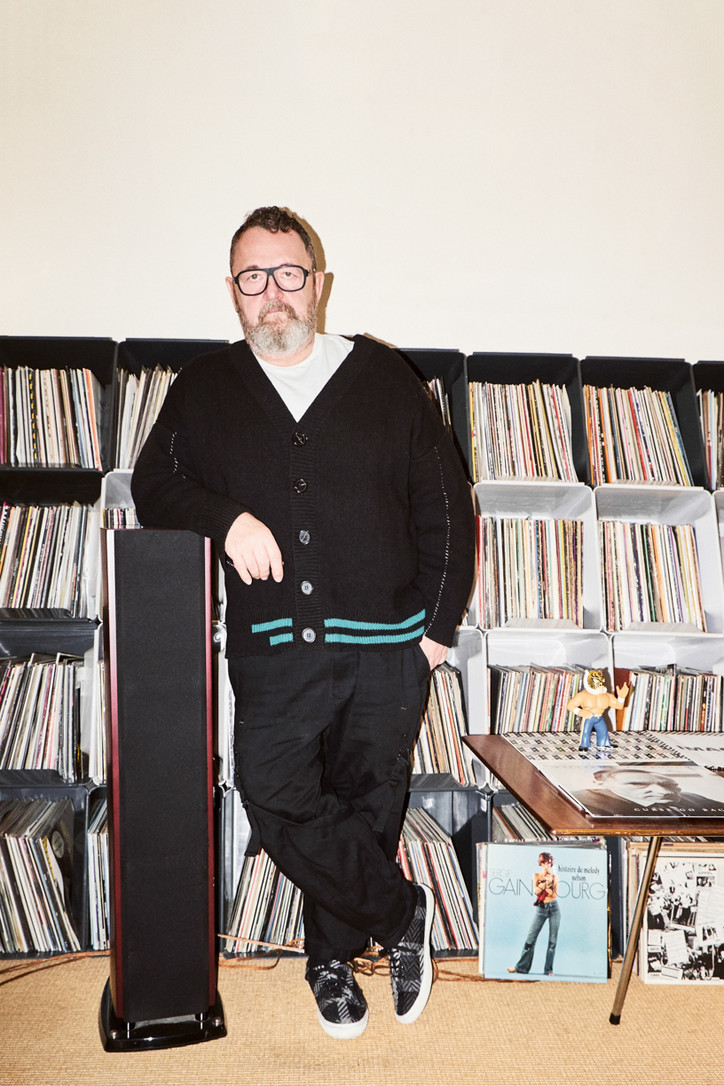Thru the lens of the OGs

When you first started shooting photos did you have a mentor?
-If yes, how did they help guide you in this art?
-If no, what were some of the pros and cons of having to learn on your own?
JM: In 1993, I moved to New York City to work with arguably the greatest photographer to ever touch a camera, Richard Avedon. He basically revolutionized fashion photography and is known for his very stark and engaging portraits. When I graduated from Kenyon College in Ohio with a degree in physiology and art, I decided I was going to pursue the arts first. I thought, let me try to be a rockstar photographer because I’m really into this thing called Hip-Hop. So, the mentorship didn't come from an internship, it was actually a proper job and I learned from watching Avedon’s process.
EO: My dad was the first person that started me taking pictures. He gave me an extra Minolta that him and his wife had. He gave me the camera and my photography training was: there’s this button, if you turn this button that operates the one needle on the side of the camera when you’re looking through it. You twist this knob on the top of the camera, that controls the other needle. When those two line up on the right side that’s the focus. You push this button to take the photo. That was my photography school. He’d give me the most minimal instructions on how to do shit. He’d tell me about some spots and I’d call him up like, ‘Hey dad I’m over here in East L.A. I wanna go use that spot…what’s the name of it?’ He’d be like, ‘Oh. I don’t remember the name. I don’t even remember the name of the streets but I know how to get there.’ So from there he’d tell me directions like ‘if you go down and you make a right, there’s a Shell gas station. Go two more blocks there’s this botanica with a palm tree in front of it; make a left right there and it’s over there.’
Some say the internet, namely Instagram, acts as a disservice to emerging creatives who don't have to "hustle" as hard compared to the people who came before them. Others would argue that the industry is more saturated and it's a harder (different) hustle today. What are your thoughts?
JM: The way I look at Instagram, originally was, I was always the one to protect my images. I though if I put it out, someone will steal it. But I had to let that go. For me it’s like a sketchbook, I use it for inspiration. People can look at my Instagram and say, ‘Wow he’s still bustin’ his ass…He’s still laying down on the ground to get the shot of Wiki on 116th street in Harlem to put in an adidas show.’ This is what I’ve chosen to do. This isn’t something that I do just to make money. Part of my purpose is documenting these historic moments with these major artists, in a very clear and authentic way. I use Instagram as a diary, when I’m in L.A. I’m gonna post a photo with Estevan and Cartoon to show these are my friends. I don’t devalue what Instagram does. I think there are a lot of great shooters and great images, but there’s a difference between people that shoot on Instagram and a professional photographer that can be in front of the biggest artists over and over and can light a whole set. It’s not a diss—it’s not anti-anybody—it’s just about people who understand technically what they do and put in the time for their craft.
EO: In the beginning, I hated the internet. I hated digital and tried to hold out for as long as I could and be the cool guy that said fuck digital. But what I realized was that I was losing out on that one. Everyone was advancing; going along with technology and I was stuck. I became the dinosaur that didn't want to keep up with the times. By the time I came into the game, I missed out on a lot of things on Instagram like making it to the explorer page and getting a lot of followers. Then they came up with the whole fake news thing where you could buy likes and followers and people were getting put on blast for that. Now it’s back to square one where you have to earn every follower and every like. It’s tiring to try and keep up with the Jones', so I just try to stay on social media enough, but my main focus is the projects and the work that brings in the checks.
Let's talk about adidas for a second...They're the first athletic company to endorse a musical act (Run DMC) making their mark on street culture and Hip-Hop forever. That being said, tell me about this concept adidas has put together and your experiences. In spending time with these new photographers and taking them on your routes, what did you learn?
JM: I think adidas really needs to be commended for recognizing early on that it was about moving culture forward and realizing those early days of Run DMC breaking down barriers is culturally relevant and important. As we look back and as the past empowers the future, I think that’s such an incredible example to look back at. A company that has been there from the beginning supporting culture. You look at the more recent, aligning with Kanye and the Yeezys. We see the frenzy of attention and the movement of culture because of his excitement and his alignment. As far as this process of taking these young shooters out, for me it was about giving these young shooters access to my process. I wanted to see how they would react. I brought you here to the same location I shot this historic picture on 116th street. How are you going to react to the environment—what are you going to do? I also brought along Clark Kent, Brooklyn’s finest, God’s favorite DJ, so I give you access to him, what are you gonna do? I’m dropping them in these spots as a challenge. It’s about their vision and their perspective. Tying adidas in with this creative component and reinforcing the diversity and these young shooter’s vision was the most exciting.
EO: 80% of it was me winging it. Once the date got closer, I figured I’d take them to a few locations. In L.A. It’s different. I can’t just roll up in a bus with a group of people with cameras. To them it’s like paparazzi or the police. They trip over here, so you have to play it cool. So the places I got were isolated with cool lighting. As soon as we got to the first location, all fifteen kids ran out of the bus and started shooting because they only had fifteen minutes. It started raining in the middle of the shoot, so we only go to four locations. But at the end of it I had two of my friends come with low riders. Even though we missed out on six locations, there were so many photos. Each photographer sent me five pictures of each location, you do the math. At the end, when I picked all the pictures and sent it to them, and then we went to the show that night, the presentation that they did blew me away. All my friends came down and they were blown away. It was a perfect event, way more than I expected it to be.
Check out a few of the photos taken both in Los Angeles and New York for adidas’ NMD Immersive Photo Gallery Experience.
